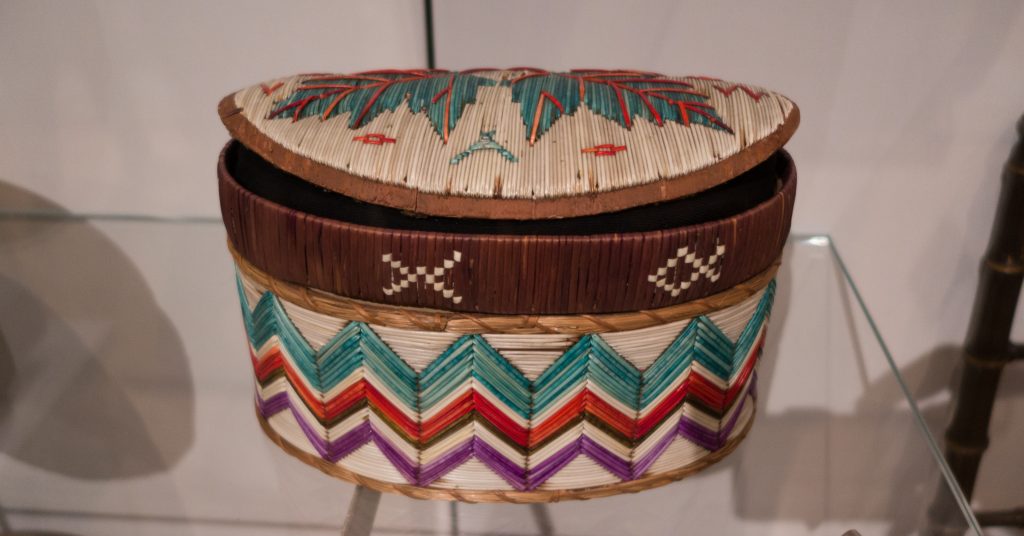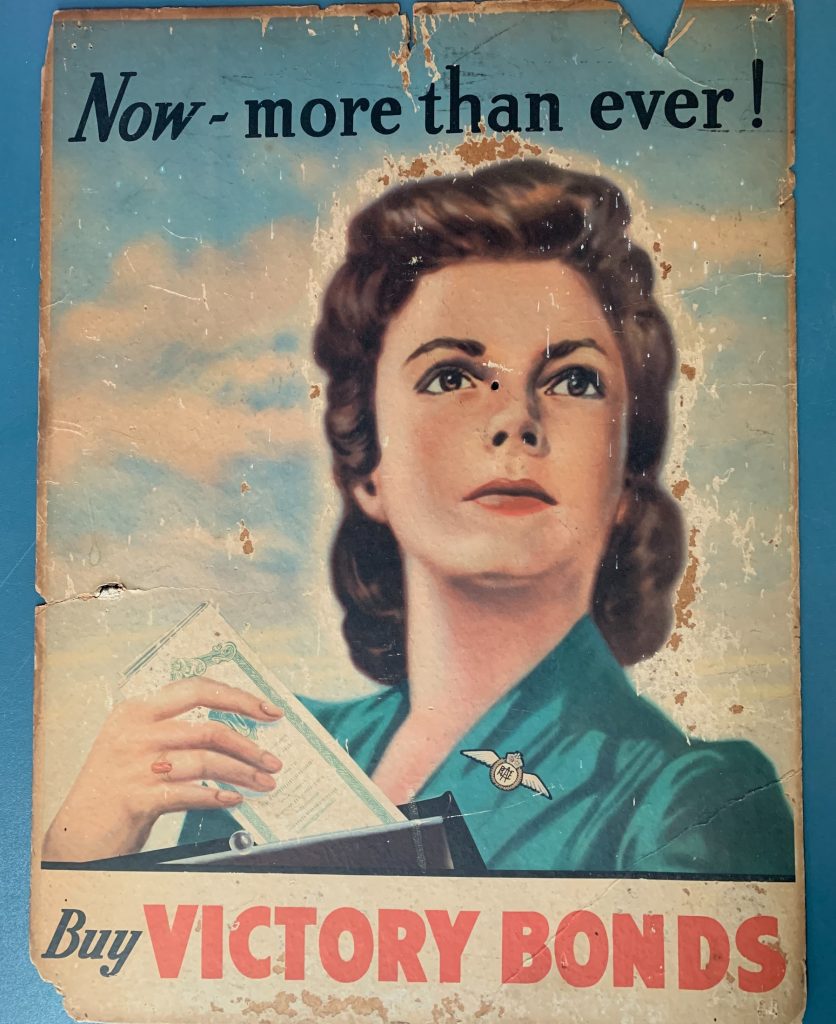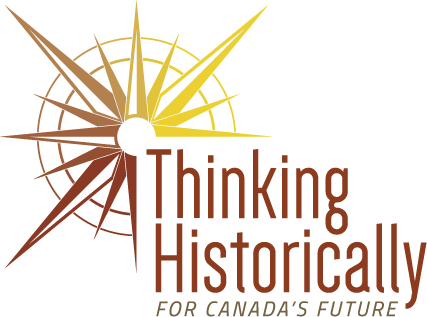Kevin Foster,
High School Social Studies Teacher
Kevin Foster teaches Canadian History, Modern History and Psychology for grades 10-12 and has been teaching for 24 years. He has taught at Bernice MacNaughton High School, a diverse and growing Anglophone high school in Moncton, New Brunswick, for the past five years. While Bernice MacNaughton High School is one of the smallest Anglophone high schools in Moncton, the school, like all high schools in the area, is growing exponentially. Kevin’s school serves a moderately affluent part of town with an increasing population of newcomers to Canada from Vietnam, China, Korea, India and Ukraine. Students in Kevin’s classes come from diverse backgrounds, including those who have recently arrived in Canada from areas involved in conflict and war. In addition, Kevin discussed the importance of Acadian culture in Southern New Brunswick, where his school is located, and the school community’s recent efforts to address the legacy of settlement and the Wabanaki Confederacy.

Bernice MacNaughton High School
Moncton, New Brunswick

Teaching & Learning
Kevin Foster’s teaching practice is shaped by the diverse backgrounds of his students as well as the rich history of Acadian and Indigenous cultures in the region.
Students’ backgrounds have a significant impact on Kevin’s teaching practices. Rather than teaching only about Canadian or specific international points of view, Kevin includes a range of voices to provide diverse perspectives about history. He said that he and his community of educators recognize the importance of including “voices and experiences students’ might not have heard before or from their home country.”
Kevin explained that, when teaching history, he intentionally includes historically marginalized voices in addition to those that represent the backgrounds of his students. He pays particular attention to including Mi’kmaw and Acadian perspectives because of their historic home in Southern New Brunswick.
“I’ve been lucky to be able to harness voices from the Indigenous community and the Acadian community” explained Kevin. “Even in teaching the Canadian history course, despite the fact that Acadians have a massive influence in Southern New Brunswick, these voices have not been really woven into the curriculum.”
Kevin draws upon his experiences teaching in other communities to aid in his efforts to diversify his teaching. He said, “I was very fortunate to have experiences teaching in an Indigenous community, and teaching in another country, and in different provinces. So, I think I draw on those experiences often.”

Teacher Education
Kevin believes that he owes much of his success as a teacher to the guidance and support of peers, mentors, and colleagues.
Throughout his career, Kevin has been grateful to work with others who value social studies education, beginning in his pre-service teaching program.
“I was very fortunate to have people that valued the teaching of history, the teaching of social studies, as a standalone discipline. They treated themselves differently than the history department.” Kevin’s relationships with university professors have been very influential in his teaching practice, and he continues to “hold these people in really high regard”.
Kevin has both stayed in contact with his former professors and expanded his circle of like-minded colleagues in his own district and across Canada.
“I’m fortunate to be part of networks of social studies educators, at the district, provincial and national levels. For example, I’m a director with the Social Studies Educators Network of Canada,” Kevin explained. “I’ve been very fortunate to have those experiences and been able to bounce ideas off others.”
Kevin encourages other teachers to take advantage of communities of support available to history teachers, citing a great availability of professional development opportunities. “I do believe that once upon a time, it could be said that in terms of professional development, professional learning, the biggest complaint was there’s never any resources. I don’t think that can be said anymore.”

Curriculum & Resources
Kevin engages his students in learning history by bringing physical historical artifacts into his classroom.
With each artifact Kevin uses, he constructs a narrative to excite students about its story.
“It sounds like a Canadian pickers episode when I bring it out, or Antiques Roadshow,” Kevin said about introducing artifacts to his high school history students. “I kind of give it a backstory, whether it’s strictly true or not.”
Though Kevin likes to make his history lessons fun, the purpose of using artifacts in the classroom is to teach students how to ask questions about history and make inferences about the past. Using artifacts helps students understand life in the past in a deeper way than they would through reading a textbook.
“It helps students use their inferential skills a little bit,” Kevin explained. “I always use this as an example to model how you might break down something that is totally unknown into several units.”
Kevin’s goal is to empower students to become their own investigators of history.
“I’ve reinforced the idea that we learn history by piecing information together and then becoming investigators by considering every part of an artifact. I’ll say, ‘Alright, look at the back, look at the side. Are there any clues? Okay, if you’re an investigator, what are clues you can use to help tell the story of this thing?’ This really helps many students get into it.”
Co-created by Kevin Foster and Abigail Smith
